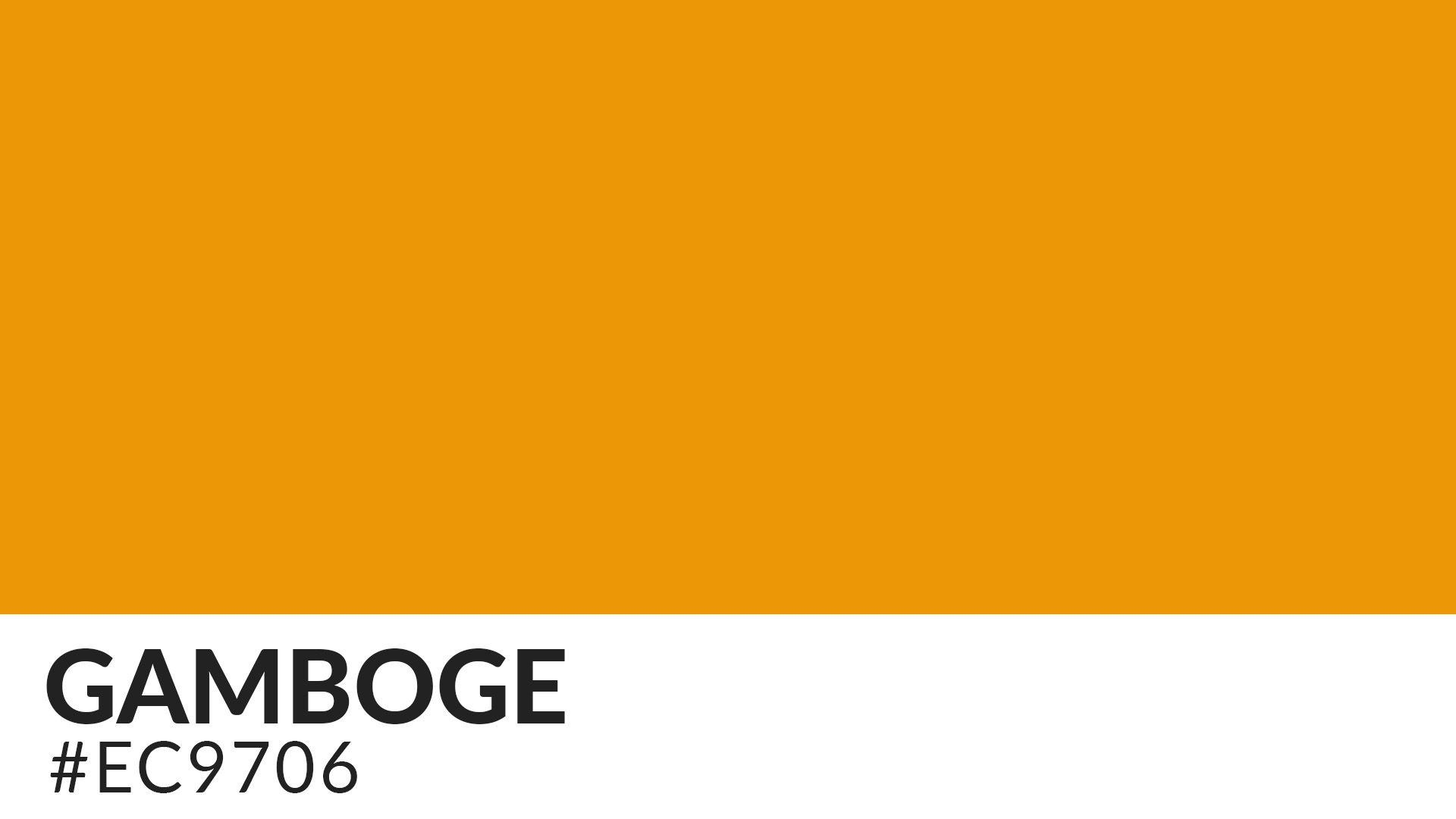Last Updated on September 28, 2023
In the early spring of 1836, a British practitioner of pill-based medicine (commonly known then as a hygeist) was convicted of manslaughter after he misadvised the now-deceased Captain Mackenzie to ingest 35 pills of questionable origin. The drugs were later identified as Morison’s pills, short for Morison’s Vegetable Pills.
Now, the 1830s is considered one of the most iconic decades in the medical research industry. But it was also a decade ridden with unreasonable fads, one of which was the preposterous belief that ingesting Morison’s Vegetable Pills would miraculously heal all ailments.
The pills were especially touted as a magic cure for a bum knee and eye soreness. And true to their name, Morison’s pills were the crafty invention of James Morison, one of the most infamous masqueraders in European medical research history.

The much-hyped prosecution of Captain Mackenzie’s death brought to the fore a fact about Morison’s pills that was largely unknown until then – that gamboge was the chief ingredient in these deadly drugs.
Gamboge is a sunny, yellow, translucent substance obtained from the sap of deciduous trees native to Cambodia. The substance is noted for its powerful diuretic and laxative effects if ingested.
It’s interesting to note that this deadly substance lent its name to one of the most beautiful colors. Let’s take a deep dive into the gamboge color by unearthing more about its gothic past and possible meanings.
What Color Is Gamboge?
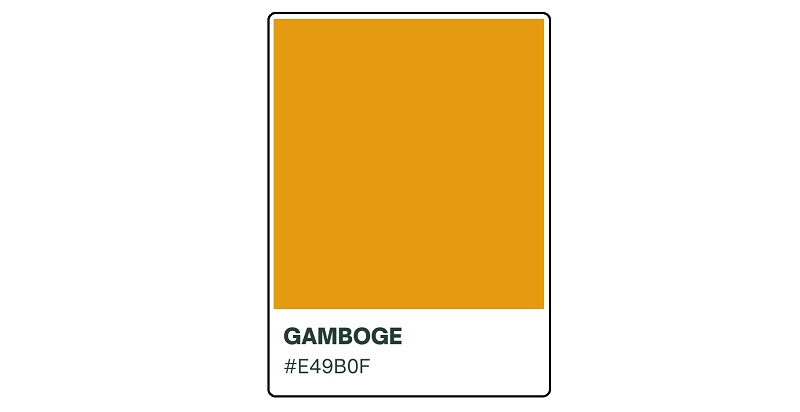
The ISCC-NBS Dictionary of Color Names defines gamboge as a strong orange yellow color with the hex code #E49B0F. However, the term may also be applied broadly to denote a group of yellow colors that range from deep saffron to mustard yellow.
Gamboge goes by many other names, depending on the context in which it’s referenced. The color is also known as wisteria yellow, drop gum, rattan, and gummi gatti.
Origin of the Word “Gamboge”

The name “gamboge” comes from the Latin word ‘gambogium,’ which further derives from the word ‘Gambogia.’ ‘Gambogia’ is the Latin version for Cambodia.
The first documented use of the name “gamboge” with reference to a color in English was in 1634. Therefore, it’s safe to say that gamboge had been around for centuries before its popularity exploded courtesy of pharmaceutical greed in the 1830s.
Before gamboge became a famous color name, the term was mainly used to denote the orange-to-brown gum resin obtained from the sap of deciduous trees found primarily in Cambodia and other Southeast Asian countries. These trees belong in the Garcinia genus of the Guttiferae family. They’re popular for their latex that’s used both as a yellow pigment and cathartic.
History of the “Gamboge” Color
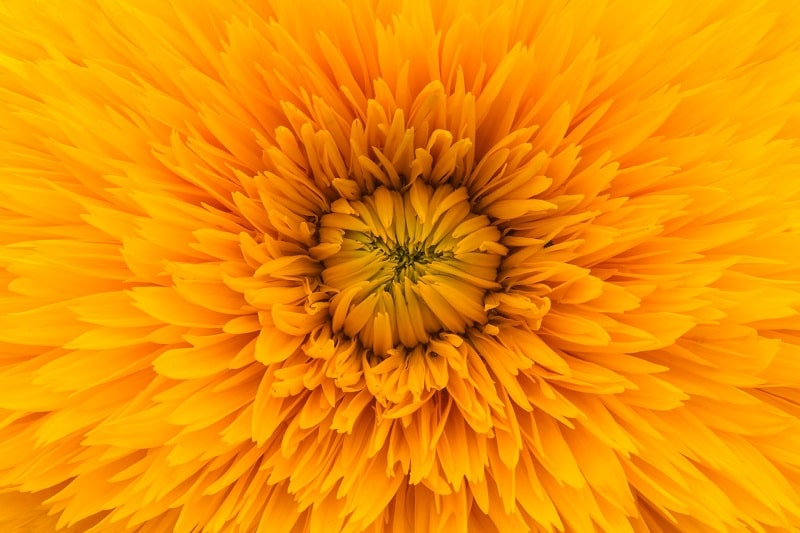
Gamboge – the trees that lent their name to the gamboge color – have been revered for their latex (sap) for centuries. The most commonly used species in the Garcinia genus include;
• Garcinia hanburyi (native to Cambodia and Thailand)
• Garcinia morella (native to India and Sri Lanka)
• Garcinia elliptica and Garcinia heterandra (native to Myanmar)
The latex obtained from gamboge has traditionally been considered a rare commodity, hence very precious. That’s due to the lengthy production process involved, which is comparable to that of collecting maple syrup.
First off, gamboge trees must be at least ten (10) years old before they can be tapped. Then there’s the rigorous process of extracting resin from these trees, which entails making spiral incisions in their bark, followed by breaking off their shoots and leaves to allow the milky yellowish resinous gum to drip out.

As the resin drips out of the plants, it’s collected in hollow bamboo canes. Once the sap has hardened, the bamboo is broken away to remain with large rods of raw gamboge. The last step entails pulverizing the hardened sap into fine yellow dust or applying water to readily prepare your paint.
As already indicated, gamboge trees have been tapped for centuries in Southeast Asia. So, it’s unsurprising that the gamboge color is also one of the oldest pigments in the natural world.
Just like the deadly substance it’s named after, true gamboge is typically a strong orange-yellow color. However, the color can take on various shades of yellow, including being slightly golden.
Notable Examples and Uses of Gamboge in History
While gamboge has existed in the natural world for years, the color doesn’t seem to have piqued the interest of many ancient painters. There are very few (if any) mentions of gamboge being part of the palettes used by pre-17th century artists. This is likely due to the toxic nature of gamboge secretions.
Besides, the latex obtained from gamboge trees is notorious for taking agonizingly long to extract yet fading too fast. This further makes it difficult for art historians to find reliable examples of gamboge usage. If the natural hue was once a part of famous paintings, it probably faded away long before these artworks could be dated.
That said, gamboge was a top choice of Flemish painters. There have actually been reliable sightings of the color in paintings of artists like Rembrandt, Sir Joshua Reynolds, and J.M.W. Turner.
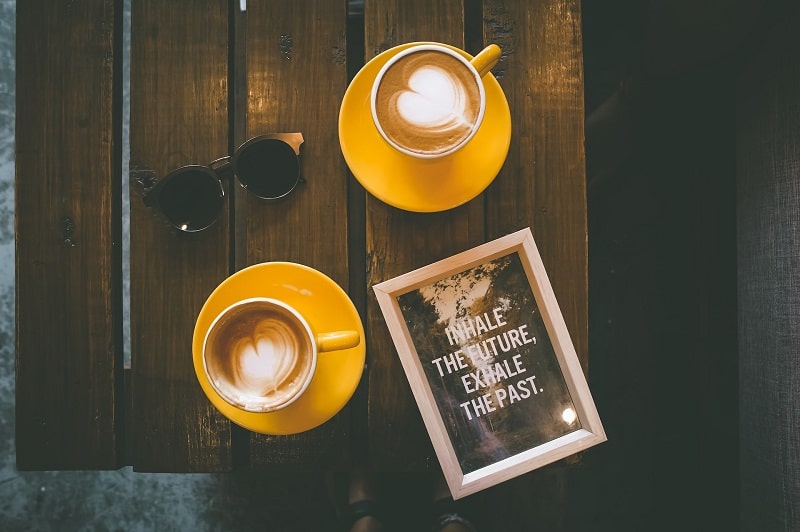
William Hooker reportedly created Hooker’s Green by mixing gamboge with Prussian blue. Physicist Jean Perrin also used the pigment to prove Brownian motion in 1908. But perhaps the most notable application of gamboge is as the primary dye for the robes of Buddhist monks.
Gamboge’s popularity began to decline in the early-20th century when it was replaced by a synthetic pigment called aureolin. Natural gamboge resins continued to fade into obscurity as more synthetic versions of the color emerged.
Winsor & Newton – the only famous company that sold natural gamboge secretions – stopped stocking these products in 2005.
The Meaning of Gamboge Hue
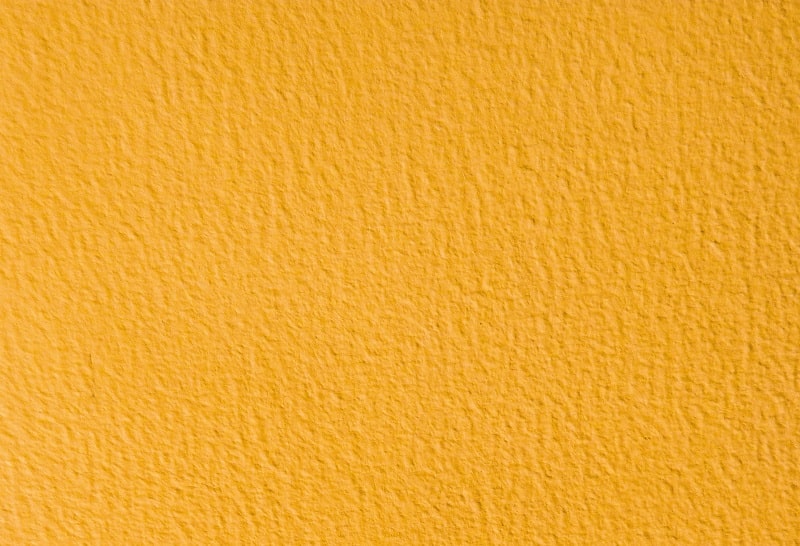
Gamboge is a shade of yellow, a color widely associated with happiness. Although this pigment has a gothic past behind it, you could still use it to inject positive vibes into your designs. Gamboge’s association with happiness makes it a top choice for different kinds of settings.
You could use the pigment to paint an accent wall in your room or as one of the theme colors for your next social gathering. It would also suit advertisements that involve wellness products and smiley faces.
Yellow is the color of the sun and sunflowers. These also happen to be the same imagery evoked by the gamboge color. Since the sun is renowned for its energizing properties, pops of gamboge can go a long way in animating your designs.
Some shades of gamboge may appear golden yellow, and gold is the color of pride and elegance. Golden gamboge undertones have such a striking appearance that they can transform the aesthetic appeal of your otherwise dull creations. Donning gamboge outfits to a social or corporate event is a clever way to steal the spotlight. The color is so dazzling that it will have you grab everyone’s attention and make you an instant celebrity.
Like most shades of yellow, gamboge resonates with youthfulness. It’s unsurprising that the color is a popular choice for children’s toys and youth apparel.

The gamboge color may also symbolize patience and resilience. That’s especially if you consider the lengthy process involved in extracting latex from the gamboge trees.
Gamboge stands for hope and optimism. That’s regardless of its association with a toxic substance. Sending out gift cards with gamboge as the theme color will not only put a smile on the recipient’s face due to the pigment’s brightening effects. It will also help convey your sincere wishes for good health and luck unto them.
In various Asian countries, particularly China, shades of yellow like gamboge are highly revered as they resonate with both heroism and spirituality. This might explain why gamboge is the dye used for the robes of Buddhist monks.
On the negative side, gamboge may come off as too foreboding. That’s obviously due to its association with the poisonous resin obtained from gamboge trees.
Gamboge may also evoke cowardice or ill health, thanks to it being a yellow undertone. The words ‘yellow-bellied’ and ‘yellow fever’ underscore the color’s relationship with cowardice and poor health, respectively. In countries like Russia, “yellow house” is a popular euphemism for a psychiatric institution.
Gamboge may also stand for dishonesty, and the tragic death of Captain Mackenzie is classic proof of that. Besides, words like ‘yellow press’ further shine a light on this not-so-admirable trait of yellow shades like gamboge.
How to Make and Use Gamboge
The hue is both a natural and synthetic pigment. We’ve already gone over the process involved in extracting the gamboge resin (and by extension the color) naturally. This agonizingly long process is unideal if you only need small amounts of gamboge to use for a one-time painting project.
Fortunately, it’s easy to prepare gamboge using other paints. Although gamboge is a shade of yellow, which is a primary color, you can still create the pigment using red and green.
i. Add equal amounts of red and green to a color mixing bowl.
ii. Stir the mixture gently using a palette knife until you achieve a vibrant yellow shade.
iii. Add a little more green to slightly darken the shade and you’ll obtain true gamboge.
If adding more green produces dramatic effects, you could use orange instead. Remember that gamboge is essentially a strong orange yellow color.
As it’s a yellow undertone, gamboge will blend well with most colors. You can combine gamboge with white to create refreshing effects. Since both colors are bright, a gamboge-white palette can significantly improve the lighting conditions of the space they’re used in.
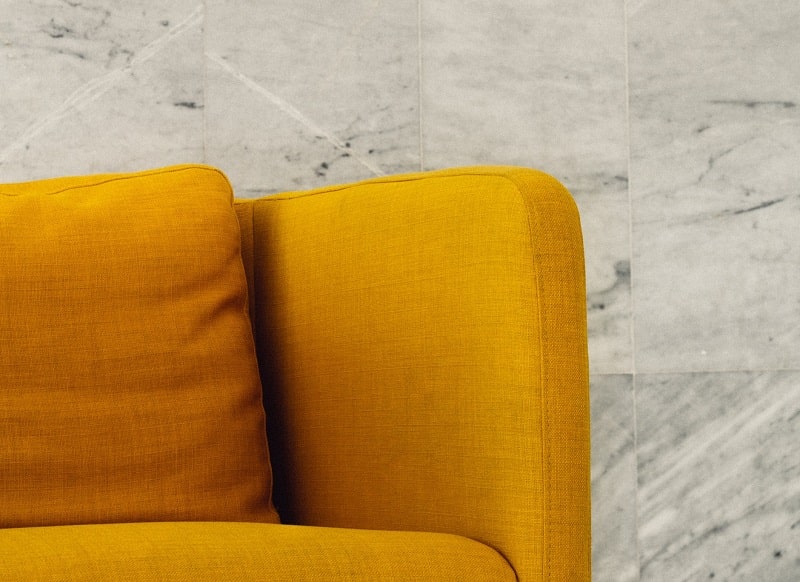
Gamboge would also blend well with blue and green to create beautiful contrasts. A pink-gamboge combination would evoke youthful feminism while gamboge and neutrals like black can convey elegance.
Remember that gamboge is reasonably bright and will bring out the best in your designs if used in moderation. Painting all the walls in a room gamboge would create overpowering effects and invoke the negative attributes associated with the color.
Wrap Up
Gamboge is a shade of yellow whose history is riddled with pharmaceutical greed. But the fact that this pigment is synonymous with the toxic secretions obtained from various Southeast Asia trees doesn’t make it any less beautiful.
Like most shades of yellow, gamboge is a warming color that will brighten up its surroundings and evoke all manner of positive vibes. Just remember to use it alongside other matching pigments.

